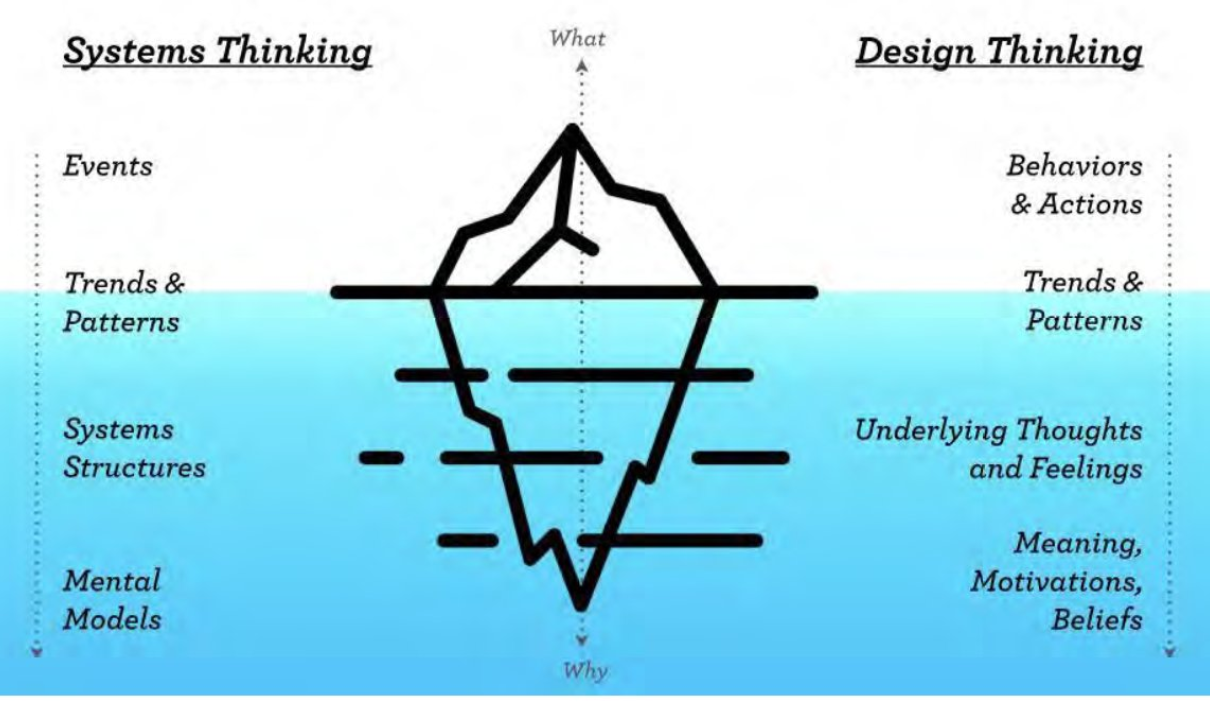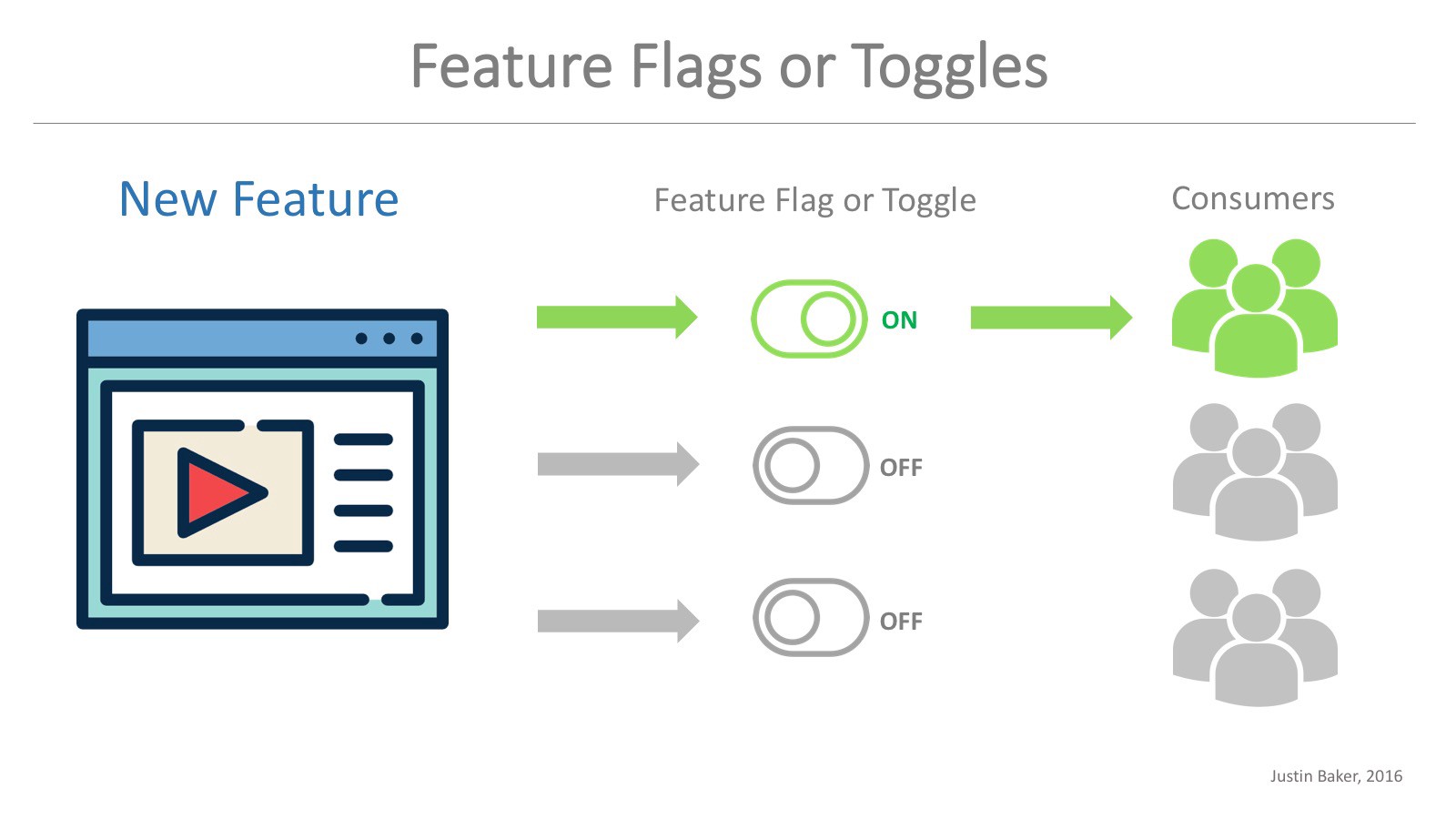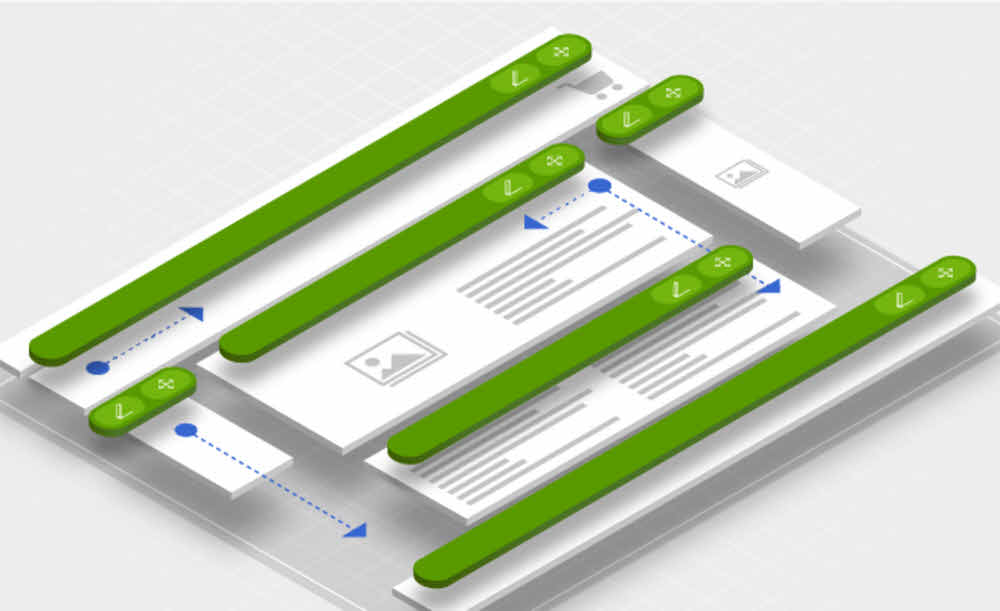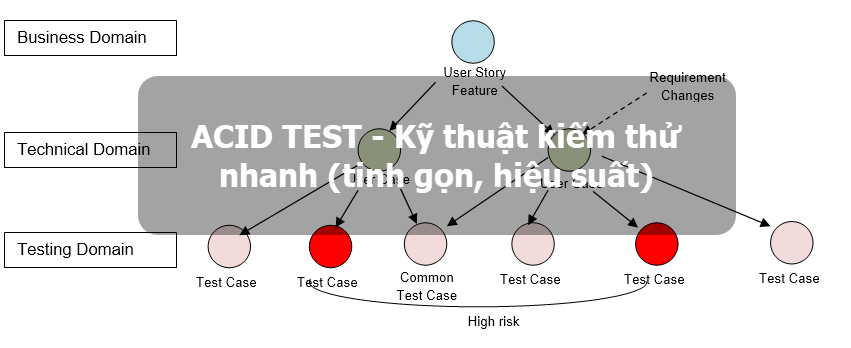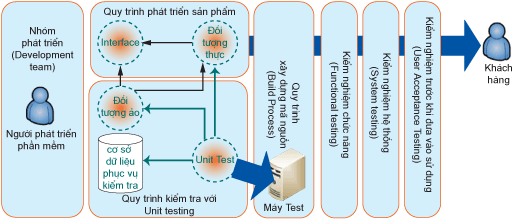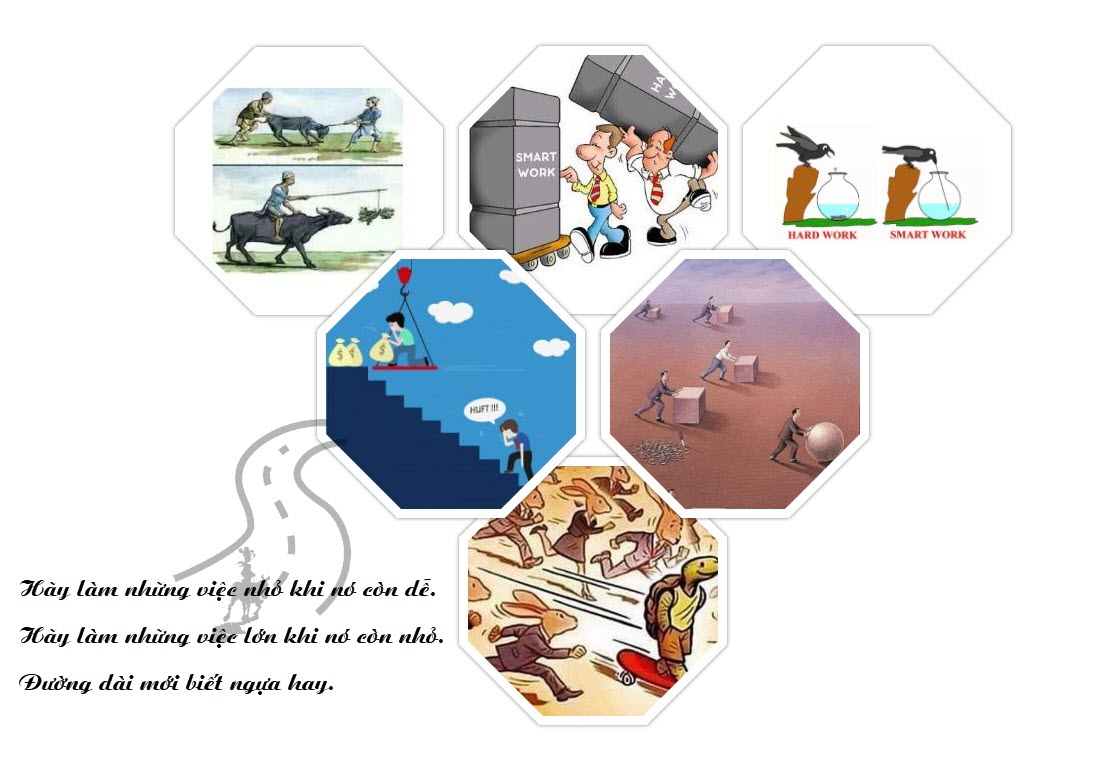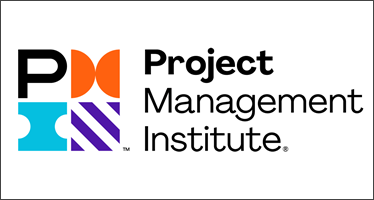8 steps to effective business analysis
Did you know that approximately 37% of projects fail due to poor business analysis? Although admittedly, identifying requirements is not an exact science, especially in software development. There are a few business analysis tools, techniques, and practices that can be done to lessen a project’s risk of scope creep and failure. Here are eight simple steps to an effective business analysis that you can replicate on your next project.

Step 1: Assist in creating the business case
As with any project, the first step is to create a business case (BC) that approves the project’s objectives, budget, scope, and timeline. The role of the business analyst (BA) in the initial stage of the project is to provide support in creating the business case, more particularly in determining its objectives and scope. Often times, the BA uses business analysis techniques such as Strength, Weaknesses, Opportunities, and Threats (SWOT) analysis, Financial Valuation such as discounted cash flow, net present value, internal rate of return, the average rate of return, and payback period. A business analysis tool called cost-benefit analysis is also conducted during this stage, together with activity-based costing.
Step 2: Learn about the stakeholders
Depending on the point at which the BA is engaged in the project, it is still vital that he knows about the people who make project decisions and signs-off documents, and who manage project priorities. If the BA participated in BC creation, he may have already spent time getting to know the sponsors. However, if the project is handed over to him after the BC has been approved, it is critical that time is spent learning about the stakeholders. The best business analysis practices require BAs to create a stakeholder register which contains information such as stakeholders’ name, who they report to, their division, role in the project, their interests (i.e. business process, technical requirement, resources, etc.), and their level of influence together with their level of interest. In addition, the BA should also know the stakeholder management strategy for each of these people, including whether to manage them closely, keep them satisfied, keep them informed, or just monitor their interests.
Step 3: Create a Business Analysis Plan
Requirements planning and management are very important in order to assure that all relevant and correct information is captured by the BA and worked-on by the development team. In addition, it is a good business analysis practice to define resources and tasks associated with requirements planning and management. In this step, the BA, in coordination with the Project Manager, will define activities related to requirements gathering that is in line with existing organization standards. In this step, one of the best business analysis tools to use is the RACI matrix. This is a table that shows who are the responsible, accountable, consulted and informed individuals, so it serves as the BA’s quick reference guide to have effective requirements gathering and management.
Step 4: Expound business objectives
Business objectives, as defined in the BC, need to be expounded in order to turn them into product specific requirements. In this stage, business analysis techniques such as current state assessment must be conducted. Here, the BA will review not only the objectives and the project’s strategy and vision, but also the current business process providing an as-is (i.e. current) and future (i.e. to-be) documentation. In this step, make sure to look into the following elements: infrastructure (i.e. technology), process, competitive arena (i.e. environment in which the business operates such as its competitions), data and information (business related data), business area (i.e. mission of each business unit), location (i.e. physical location of impacted business unit), and strategy (i.e. review of business vision, goals and measures).
Step 5: Identify options
Business analysis best practices include identifying potential solutions that could best meet the project objectives. The BA helps the development team uncover more information about similar approaches in the industry and their corresponding practices, and then considers where their company is at given the competitive environment. Business analysis tools such as high-level work breakdown structure (WBS), prototyping, market survey, technology capability assessment, and business or IT staff interviews are a few of the most helpful business analysis techniques. To select the best option, business analysis techniques such as brainstorming, six sigma, business process re-engineering, and cause and effect analysis may be conducted.
Step 6: Define the scope
Once options have been identified and the preferred approach is already selected, it is time to define the specific scope of the solution to be developed. In the waterfall approach, BAs will use business analysis techniques such as detailed work breakdown structure (WBS), product breakdown structure (PBS), and system interface analysis. Another business analysis best practice is the use of a context or business domain model. Agile methodologies such as Scrum, DSDM, XP, and Kanban utilize User Story or feature based documentation of product requirements.
Step 7: Expound product requirements
Once the high-level scope of the product has been defined, the BA must expound this to detailed product requirements before actual development starts. Here, the BA will use business analysis techniques such as use cases, story boards, prototypes, and/or wireframes together with CARD and 3Cs for agile. It is important to note as well that both functional and non-functional requirements must be well documented at this stage.
Step 8: Support the development
Once development starts, the BA must support the programmers by constantly reviewing their deliverables to make sure that they are in line with the objectives defined in the BC. Based on constant feedback received from the team and stakeholders, the BA must be able to facilitate and/or update requirements documentations as fit. Another business analysis best practice is frequent engagement with the quality control analysts to ensure that requirements are properly tested. Management of scope changes, down to acceptance of the final product, is another business analysis best practice that the BA must do with the project manager.
The BA plays a very important role in the success or failure of a project. Effective business case analysis only involves eight steps. Though the sequence of these may vary for each organization, all of them are mandatory to make sure that no work will slip in between the cracks and the project will conclude successfully.
Source: https://www.dvginteractive.com/8-steps-to-effective-business-analysis/






